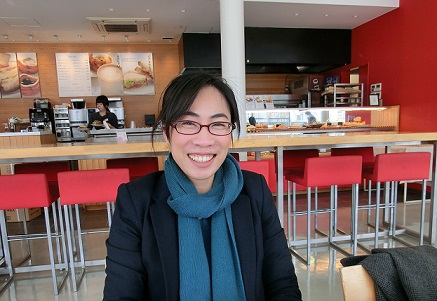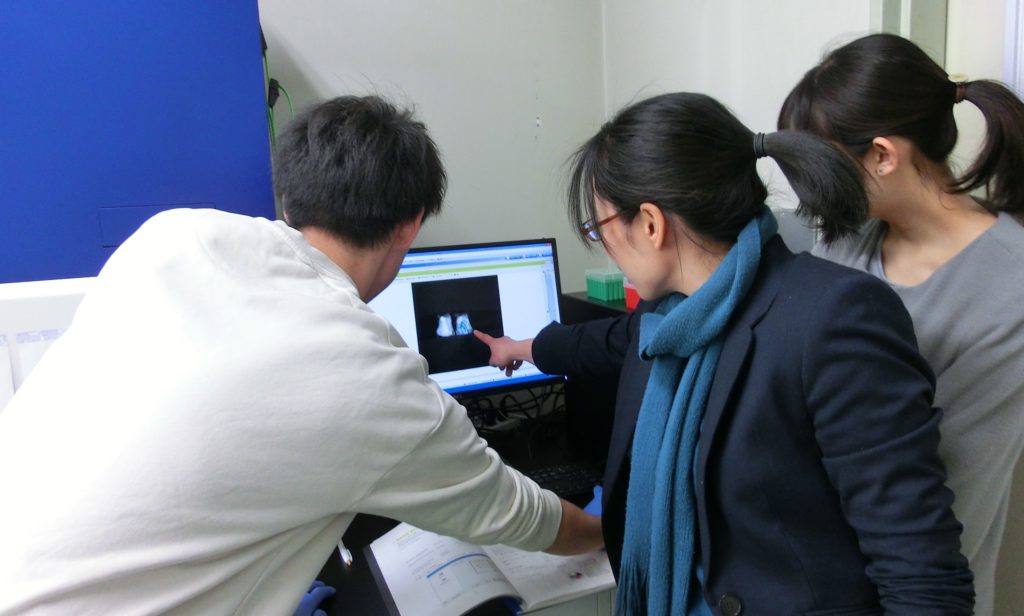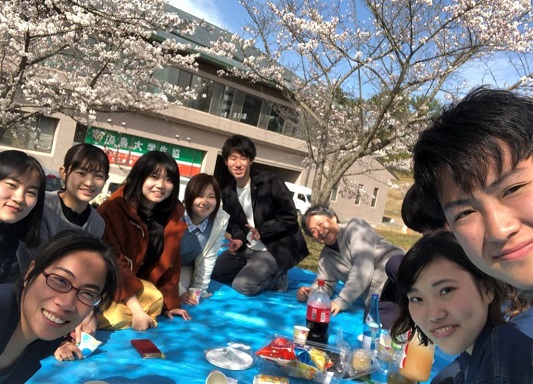Assistant Professor Thanutchaporn Kumrungsee, Graduate School of Integrated Sciences for Life

Can you please describe your field of research?
My research field is Food Science and Nutrition for Disease Prevention. I am interested in applying food and nutrition to prevent diseases; like it is said “Let food be your medicine”. Currently, I focus on studying the relationship between genetics, nutrition and health, which is called “Nutrigenomics”. Nowadays, many diseases such as cancer, diabetes, obesity, heart disease, and metabolic syndrome are caused by a combination of genetic and environmental factors, rather than simply a single genetic defect. And, nutrition is one of the key environmental factors influencing genetic or gene expression. If nutrients or food factors induce gene expression in the wrong ways, it can cause diseases. For example, we know that eating fatty food can cause obesity and heart disease, but deep down in gene level how does that fatty food to cause those diseases. Thus, my job is to understand the mechanisms behind that in order to find food factors that can fight those diseases.
The focus of my current research is on nutrigenomics for muscle and brain functions. I try to identify nutrients or food factors that can improve functions or prevent diseases related to muscle and brain in gene levels, in particular, sarcopenia and cachexia for muscle diseases and Alzheimer for brain disease.
What got you into this field? What motivates you in your research?
To be honest, when I was young I wanted to be a doctor to help people. However, it was just a dream. Somehow, life brought me into Food Science instead. But, the feeling of wanting to do something meaningful for saving people's lives is, with this feeling has driven me into this field to find out how food and nutrition can prevent diseases.

Kumrungsee and her students study results from experiments using mice in the Molecular Nutrition labs
What achievement you are most proud of?
Being here in Hiroshima University. As a foreigner from a small country like Thailand, I am so grateful to have a chance to work in Hiroshima University. The next achievement that I am working for is to have good quality research that can be published in the top journals.
Can you describe some challenges of your work?
As I have mentioned, my current works are finding food factors or nutrients that can prevent muscle loss in aging people, cancer patients (sarcopenia and cachexia, respectively) and to prevent Alzheimer's disease. So far, the mechanisms underlying those diseases are not well understood We, scientists, are just scratching the surface. If the causes are not clearly known yet, there is still a long way to go to finding the solutions. There is no effective medicine or treatment available for preventing or curing those diseases currently. Thus, the big challenge of my work is to deeply understand the complex mechanisms of those diseases and extensively investigate by trial-and-error to find effective and preventive food factors.
Anything exciting coming up in your research?
In muscle research, we are planning to identify key genes responsible for muscle regeneration. Then, we will select the gene and apply genetic engineering techniques to create a transgenic mouse to monitor or visualize muscle regeneration in live animals. Then, we can apply our interest food factors to those mice and see whether the food factors can stimulate muscle regeneration or not. This technique is very cool, since we can visualize the therapeutic effects of food factors in live animals without killing them.
In brain research, we recently found that there is a peptide highly present in the brain, not in other organs. We think that there should be a reason why this peptide is in the brain. Thus, we have hypothesized that it is possible that this peptide may play a crucial role in the brain, such as being an alternative energy store or preventing an accumulation of bad protein. The findings may link to the protective effects of this peptide on Alzheimer's disease in the future.
These exciting and upcoming works would be impossible without Dr. Noriyuki YANAKA, Associate Professor in our lab, who has expertise in genetic engineering techniques and who always inspires me.
What makes a great work environment?
I think the most important factor that makes a great work environment is people surrounding me. Some instruments, super machines, or even money may be a big deal, but without people who understand, support, and stand beside me those things are meaningless. As they say “If you want to go fast, go alone; if you want to go far, go together”. So, for me, teamwork is the most important thing.
What do you like to do when you're not working?
I like to try new things. So, I do a lot of things actually, from Ikebana (Japanese flower arrangement) to hiking. Recently I have joined Ikebana class in Saturday morning. However I have been absent many times, I have tried so hard to keep this Saturday morning routine as much as I can. A part from seeing various beautiful flowers, what I really like about Ikebana class is to chat with kind people. Even I use my broken Japanese, my Japanese teacher and classmates kindly and patiently teach and improve my Japanese speaking skill. Also Ikebana, I like hiking at Miyajima and finishing with Yakigaki or grilled oyster on the way down. Next things that I want to do are joining a cooking class and going to a driving school. Hopefully, I can find time for that.

Kumrungsee and the Laboratory of Molecular Nutrition enjoy Hanami (cherry blossom viewing)
Originally written by Emma Buchet (Hiroshima University Science Communication Fellow)
Interview date: March 28, 2019

 Home
Home